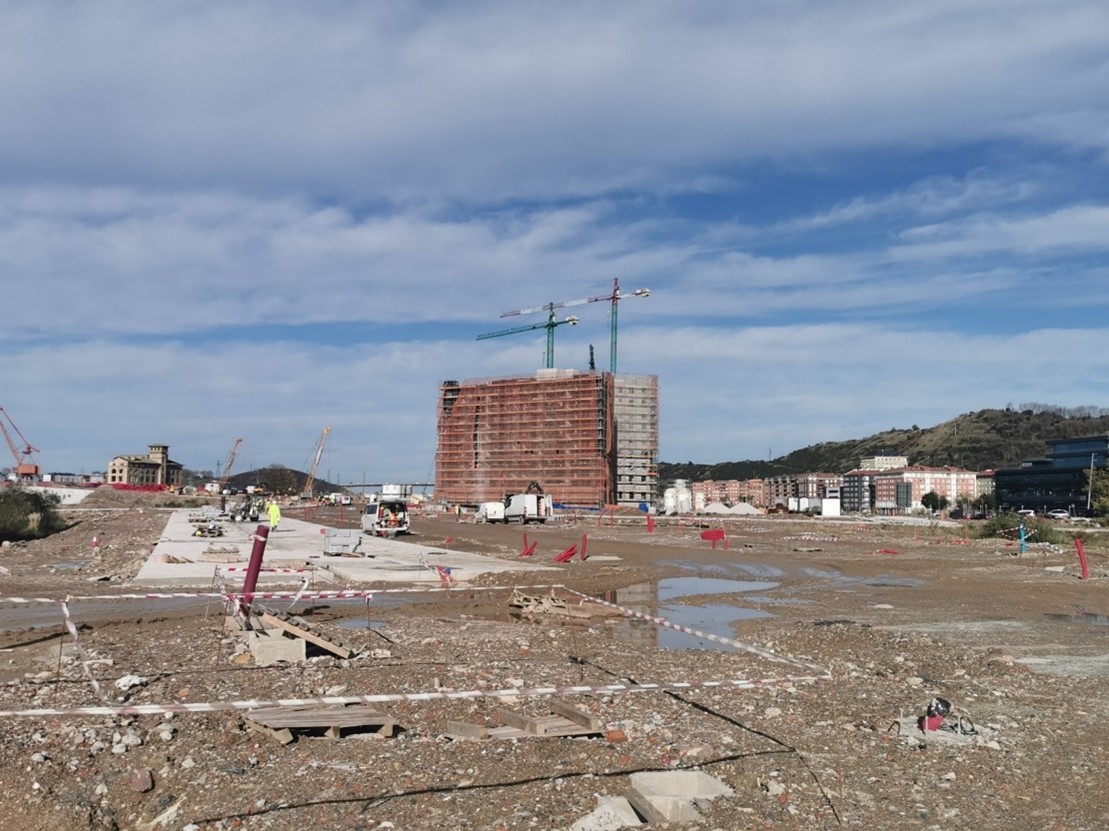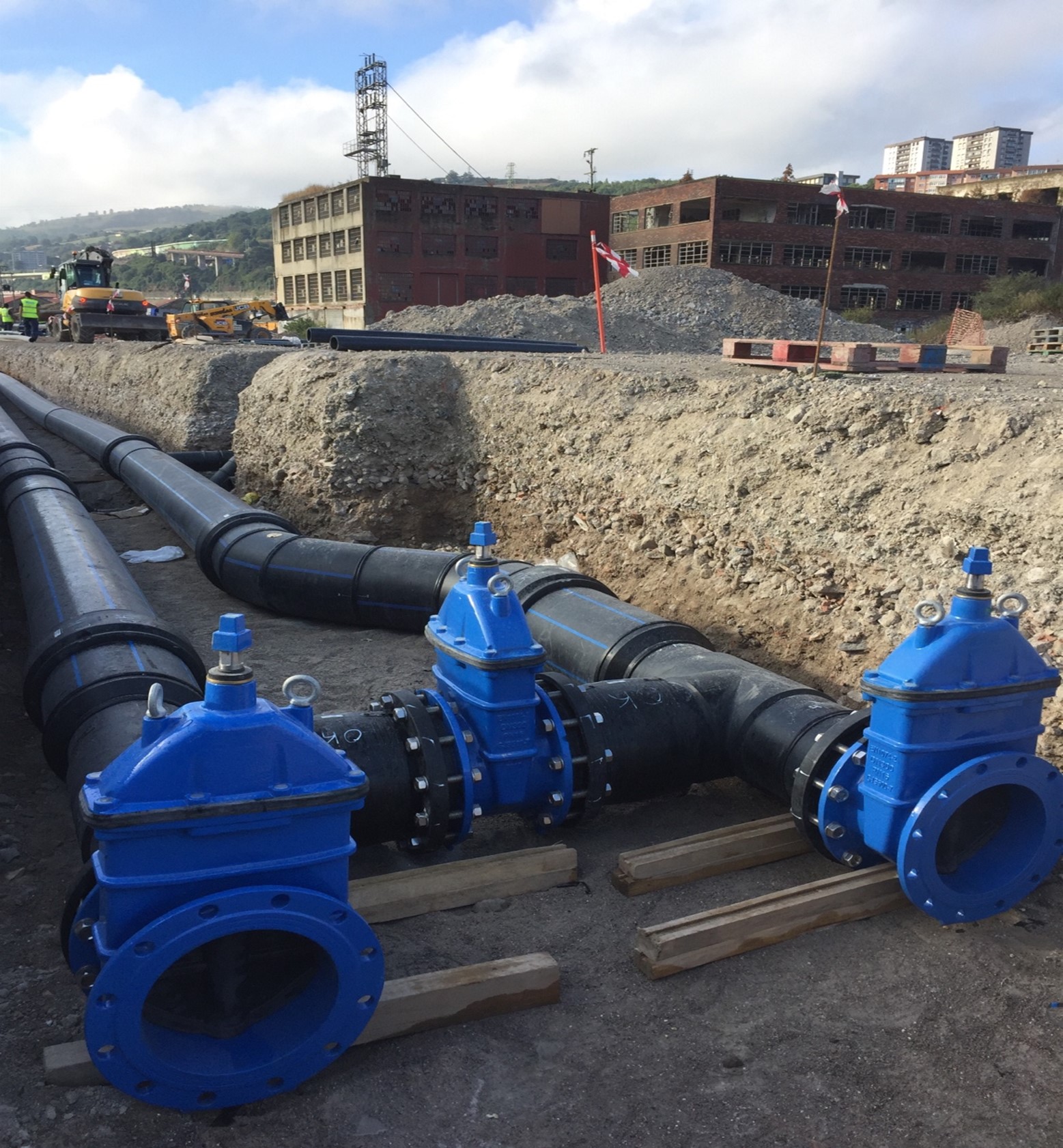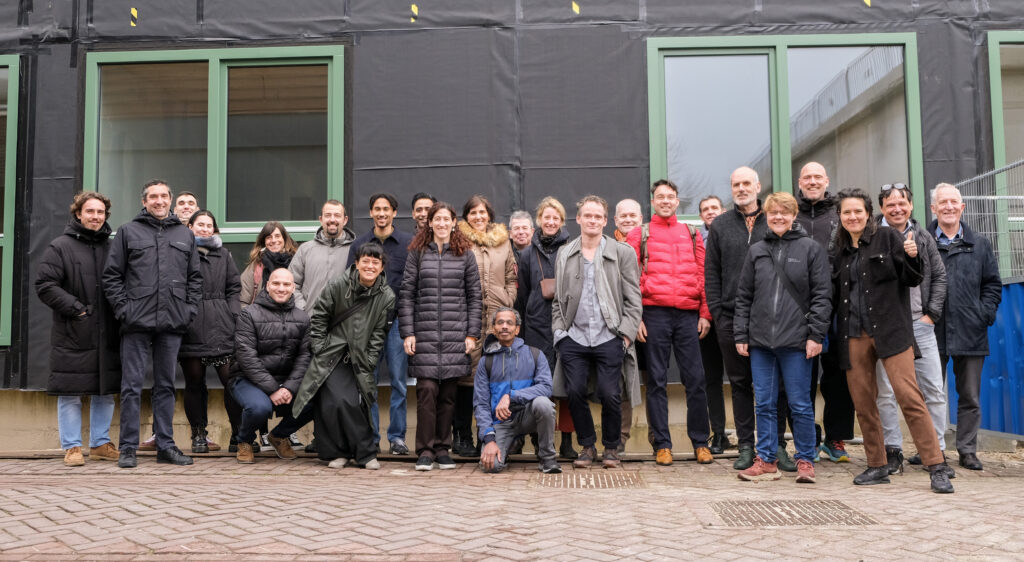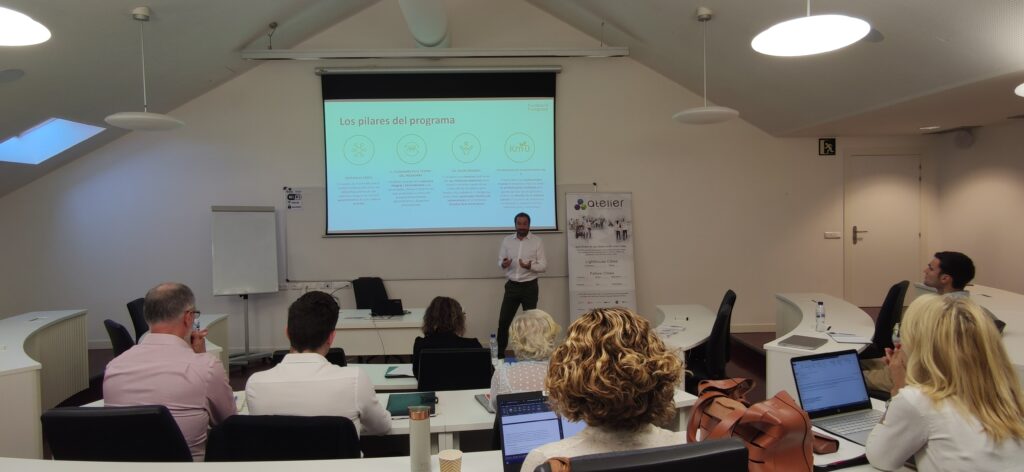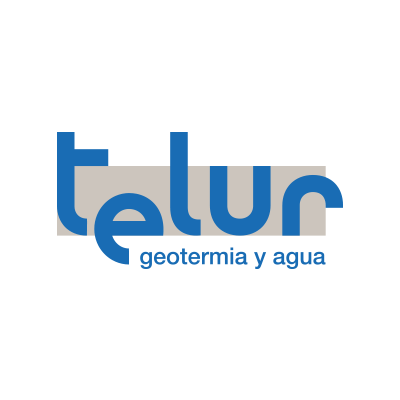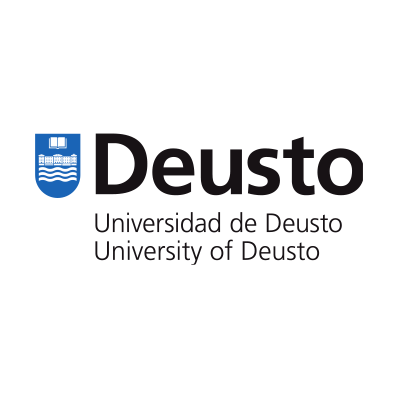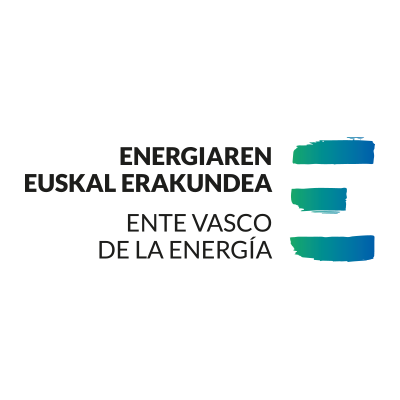Bilbao
Bilbao is not only world famous for its Guggenheim Museum but also as being the heart of the Basque Country which has already undergone a tremendous change in terms of economics and cityscape over the last decades.
The City of Bilbao, capital of the Bizkaia/Biscay province, is located on the Eastern Atlantic seaboard, in the North of Spain. It covers a surface area of 41.6 km2 with over 342,000 inhabitants, which makes it one of the most densely populated cities in Europe, a really relevant parameter for accomplishing a greater social cohesion, more security and a better quality of life.
Bilbao has been awarded as a clear example of successful case of urban reconversion, developing a great transformation from a completely industrial city to an attractive, design and service-focused city. It was originally a medieval town and became an industrial city around 1850, shifting economic activity almost exclusively to the iron and steel industry and ship building. After 1975, high unemployment forced the city authorities to look for novel formulae to stimulate business and promote job creation. The investments in human resources and in technology innovation, the remodelation of external accessibility, internal mobility infrastructures and the focus on cultural dimension were the principal keys for the transformation of the city towards a competitive, productive, knowledge-based and environment-friendly industry, improving the lifestyle of the residents.


Pictures of Bilbao Urban Regeneration (Credits: Ayuntamiento de Bilbao)
Zorrozaurre Island
Zorrozaurre is the area in the city where ATELIER demo district takes place. It was the industrial heart of the old Bilbao city and mainly dedicated to heavy industry and port activities. The industrial crisis significantly impacted the zone, which started a clear social and economic decline until becoming an industrial brownfield with no more than 500 inhabitants.
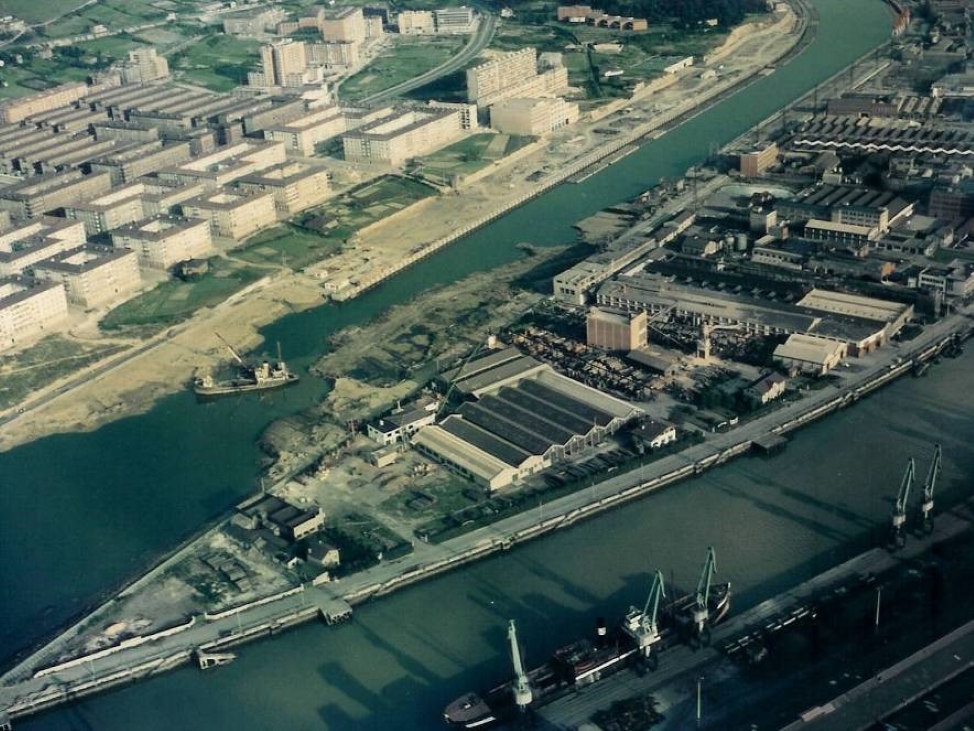
Picture of Zorrozaurre in 1960s (Credits: Ayuntamiento de Bilbao)

Recent Picture of Zorrozaurre (Credits: Ayuntamiento de Bilbao)
Nowadays, Zorrozaurre is seen as the upcoming most important urban regeneration project for the city. Actually, it represents the link between the industrial era and the aim of starting to shape the future Bilbao. According to Bilbao’s Strategy for Sustainable and Integrated Urban Development, Zorrotzaurre will become a residential and business district. It will be the framework for deploying and testing new sustainable concepts, principles and solutions that will be used as an example for the whole city.
The opening of Deusto Canal that converts the peninsula of Zorrozaurre in an island in order to minimize flooding risks in the area and the decontamination of the soil, were the first remarkable interventions. Many of the already existing residential and industrial buildings, which are over 100 years old, have also recently been refurbished, maintaining some of the most representative signs of identity and attenuating the risks of uprooting. Several cultural activities have been settled over the last few years; theatre companies, design centres, universities etc.
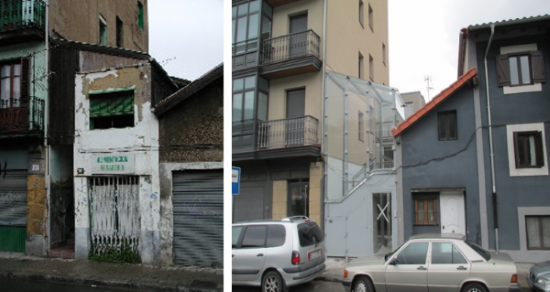
Refurbishment project of the residential buildings in Zorrozaurre (Credits: Ayuntamiento de Bilbao)
The aim is to develop around 5,000 new homes, 150,000 m2 of office spaces, two big technological parks, university centres, citizen spaces and social, cultural and sport facilities. Indeed, there will be a variety of uses. The island will also be directly connected to the city centre by public transport (bus and tramway) with the centre of the city and will also have long promenades and bike lanes.
New construction works have already begun. In fact, the first residential buildings are already under construction, together with the execution of the urbanisation project and the low temperature geo-exchange network , which aims to provide thermal energy to the whole island in line with the low-carbon outlook. Building permits and concessions have accelerated significantly in recent months in response to the demand from private developers.
ATELIER PED
Bilbao’s PED area is located within the Zorrozaurre island but comprises three specific zones (North, Centre and South) which include existing refurbished and newly constructed buildings for both residential and tertiary uses. The project aims to test new sustainable initiatives, which will then be replicated throughout the island of Zorrotzaurre and in other districts of the city.
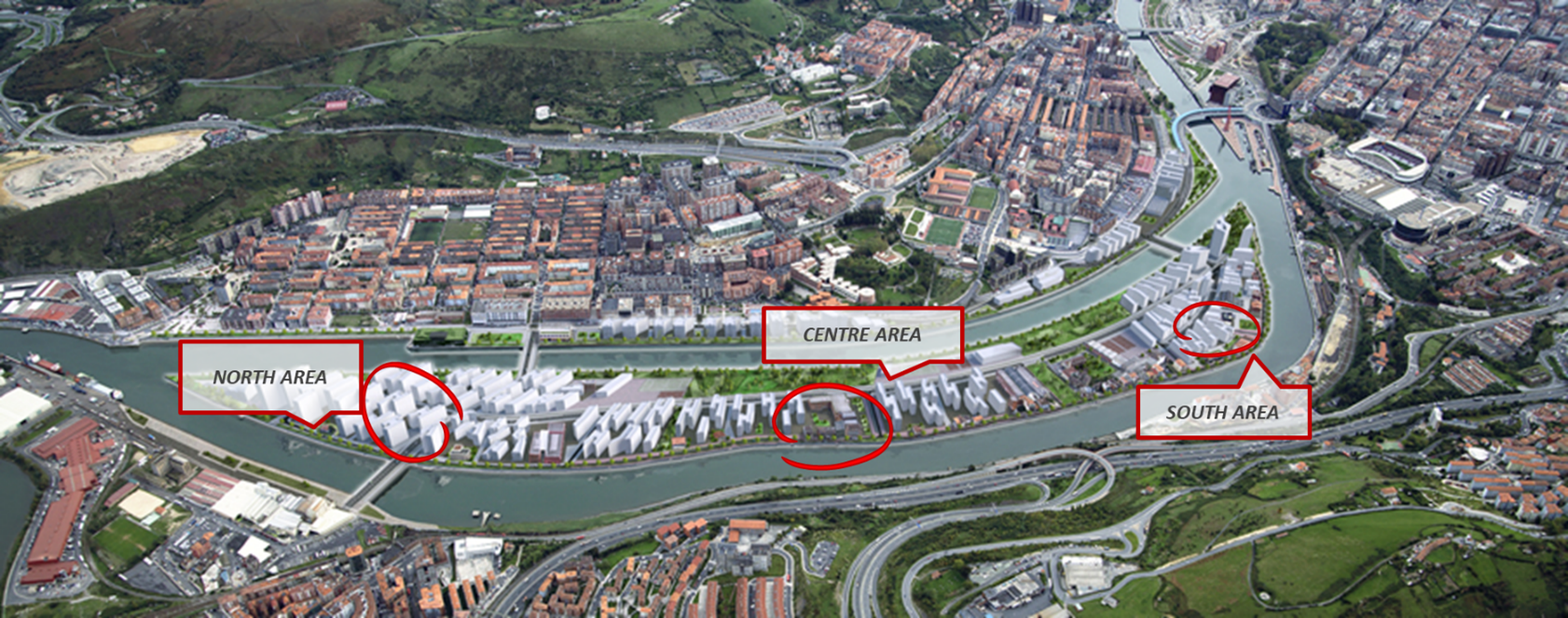
Picture of Zorrozaurre in the future (Credits: Ayuntamiento de Bilbao)
The buildings in the three zones will be connected to a geo-exchange system that will use geothermal and hydrothermal renewable energy to cover the thermal demand and also export it outside of the boundaries of the PED. The scalable geothermal grid also allows the connection of future buildings to be constructed on the island and the export of the surplus eventually outside the island. Distributed energy resources, such as photovoltaic panels, are an additional renewable production input for the PED buildings. The buildings will also meet high energy efficiency standards and their energy performance will be monitored and adjusted through smart metering systems. That valuable data will be used to calculate KPIs and also define the most convenient exchange of energy interactions. An integrated smart grid, including the latest technological solutions, will support demand response solutions.
The demonstrator also integrates some smart lighting poles that have already been installed in the Centre Area (Beta Square). These systems incorporate specific functionalities such as self-regulation. Additionally, bus stop displays are expected to provide data on the energy results of the project, as a dissemination and educational activity.
The first building in the Centre Area of the demo site has already been connected to a geothermal boreholes field and it is already taking benefit from the operation of the Ground Source Heat Pump. The boreholes were constructed on a square nearby, celebrating its inauguration in May 2022.
